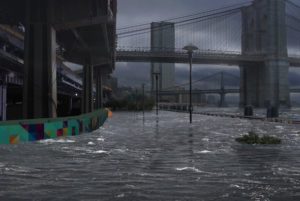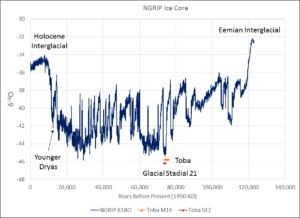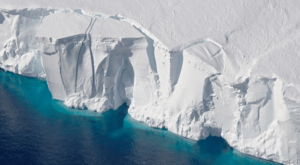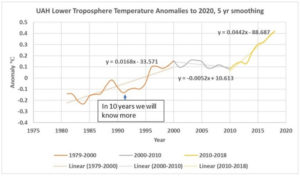by Cap Allon, Nov 5, 2020 in Electroverse
NASA climate scientist James Edward Hansen is where all this nonsense started–or at least he’s the one responsible for devising the hokey theory politicians, activists, and political-activists would go on to fall-for/exploit for decades to come.
“The greenhouse effect is here,” pronounced Hansen back on June 23, 1988 during his Congressional testimony on man-made global warming — an announcement that “shook the political establishment,” reported grist.org. George H. W. Bush, in the middle of a heated presidential campaign, vowed to use the “White House effect” to battle the “greenhouse effect.”
…
Hansen had told the Senate Energy and Natural Resources Committee there is only a “1 percent chance” that he is wrong in blaming rising temperatures around the world on the buildup of man-made gases in the atmosphere.
A 1 percent chance that he is wrong?
In a field as complex and unknown as Earth’s climate?
When many of his peers and even colleagues at the time were already casting doubt on his assumptions and “leaps”?
Something was off from the very start.
And so to highlight what a soothsayer James Edward Hansen is not, I’ve compiled a few of the man’s ludicrous -and in many cases laughable- predictions below–oh, and I’ve assumed Hansen applied a 99 percent probability to all of his prophesies, because, well, why wouldn’t he of… the man presents all the confidence of one in contact with a divine being.
…
HANSEN, 1989: “NEW YORK CITY’S WEST SIDE HIGHWAY UNDERWATER BY 2009”








